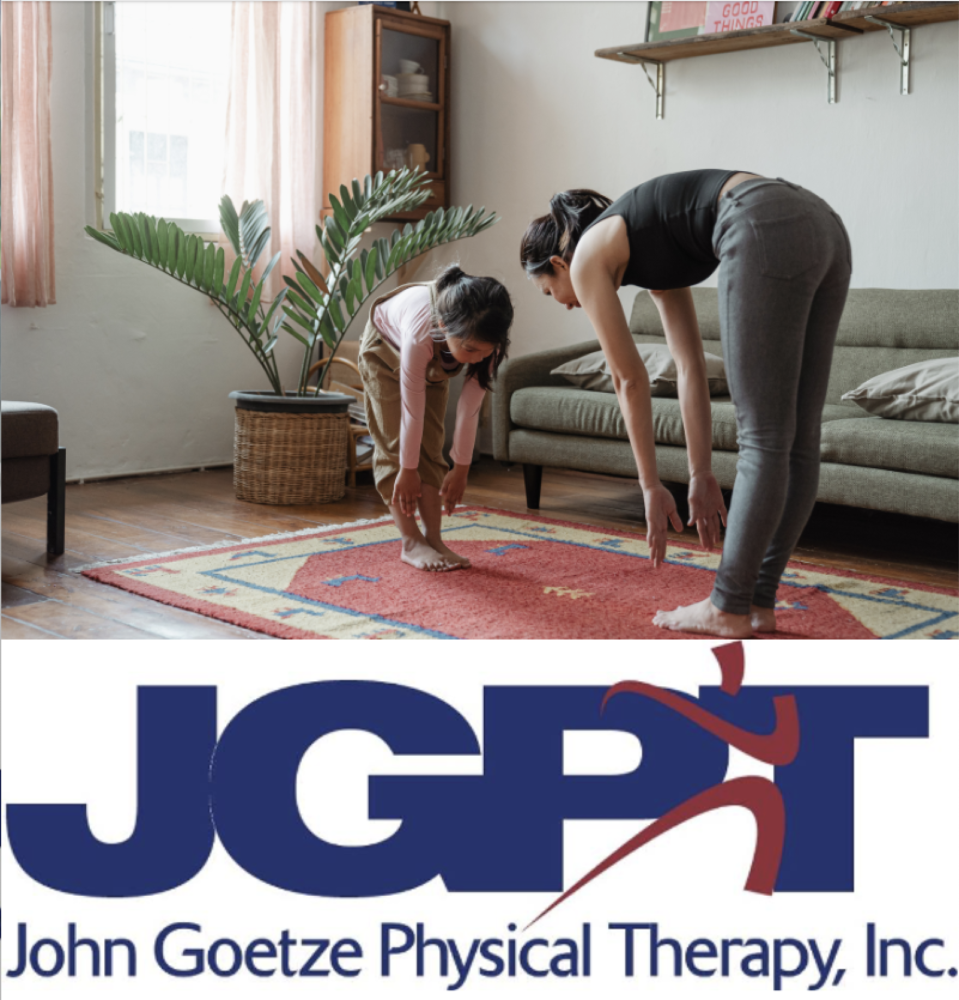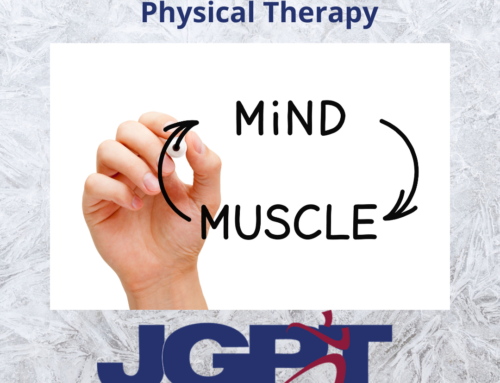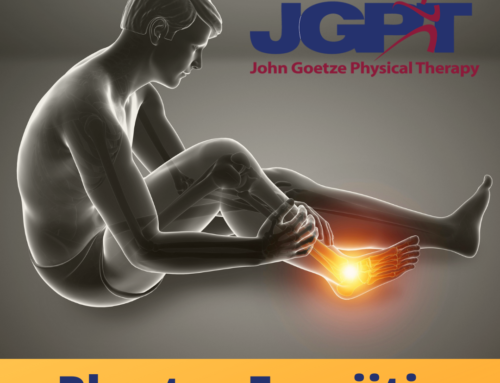Health is a human condition with physical, social, and psychological dimensions. It is not merely the absence of disease, but rather a state of complete well-being associated with all aspects of life. And guess what- exercise can affect all dimensions of health: physical, social, and psychological.
Sounds pretty good, huh?
We all know that exercise is good for us. Everybody and their mother has been telling you to exercise more. Unfortunately, it’s one of those things that we take for granted and it can often fall by the wayside of busy day-to-day life, and many of us don’t actually know how powerful exercise really is. Exercise has tremendous benefits on our health- across all domains. It can have immediate improvements on blood pressure, anxiety, quality of sleep, and blood sugar control. These are improvements seen after only a single episode of physical activity. When regularly performed, it absolutely has a positive impact on health trajectory:
Decreasing pain
Reducing high blood pressure
Improving brain health for those with dementia, ADHD, Multiple Sclerosis, and Parkinson’s disease
Improving attention and focus for those with ADHD
Reducing the risk of 8 different types of cancer
Reducing risk of falls in older adults
Reducing risk of excessive weight gain and achieving a healthy weight
Preventing heart disease
Preventing Type 2 diabetes
Preventing development of and progression of arthritis
… just to name a few.
Put succinctly, “when we move more, we have better cardiovascular health, we are stronger and less susceptible to disease, and we feel better”.
Starting to sound even better?
Of course it is! In fact, physical activity has been labeled a key to improving the health of our nation by the Office of Disease Prevention and Health Promotion. However, Americans currently spend more than half of their waking time completely sedentary. Only 20% of the American population is achieving recommended activity levels. 42% of the American population is considered obese. Clearly there’s room for improvement, but were do we start? Is exercise right for you? John Goetze Physical Therapy prides itself in providing research-driven, evidence-based care, and that goes for our physical activity recommendations, too. If you are looking for advice on how to start exercising, keep reading.
The US Department of Health and Human Services recommends almost everybody perform some form of physical activity. Understand the risks of exercise, yet be confident that physical activity can be safe for almost everyone when done appropriately. “The bottom line is that the health benefits of physical activity far outweigh the risks of adverse events for almost everyone”. For people that are not already exercising, it is recommended to begin. The research shows us this is a lifelong journey and long-term adherence is important for maximizing health benefits. Start low and go slow. Only perform physical activity that you are comfortable doing, and know your capabilities. The beauty of “exercise” is that it can look like different things to different people: walking your dog through the neighborhood, joining an aqua-fit class, meeting some friends for pickleball, going for a bike ride- these are all great examples of physical activity. Even just getting up from your desk to do a few laps around the office is beneficial. Any amount of activity is better than none!
Of note, people with chronic conditions, symptoms, or health concerns are encouraged to be under the care of a health care provider and consult a physical activity specialist before beginning an exercise program. Physical Therapists are both and are educated, trained, and adept at developing appropriate exercise programs for all populations.
As mentioned above, any activity is better than none. However, there are additional benefits associated with the accumulation of more. In fact, there is no upper limit beyond which additional benefits stop happening. As a goal, the Centers for Disease Control and Prevention recommend the following:
For ages 3-5 years old: active play throughout the day, every day
For ages 6-17 years old: 1 hour daily of moderate to vigorous physical activity
For ages 18-64 years old:
150 minutes per week of moderate intensity activity
2 days per week of activities that strengthen muscles (using weights, body weight exercise, resistance bands, pilates, etc.)
For ages 65+ years old:
150 minutes per week of moderate intensity activity
2 days per week of activities that strengthen muscles
Activities to improve balance (chair yoga, Tai-chi, as examples)
These are great goals to achieve, but if they seem too far off- don’t be discouraged! Be as active as you are able, and build up to the full activity levels as you are able. Remember, exercise should be fun! It doesn’t have to be all gloom-and-doom walking on a treadmill staring at a wall (but hey if that’s what you like, more power to you). The best exercise is the one you enjoy and are going to stick with. Exercise should be fun and you should perform it for all the reasons important to you! Use it as time to spend with friends or family, enjoy the outdoors, or flex that competitive drive. At the end of the day, we can sum it up in just 2 words: Move More!
References
Office of Disease Prevention and Health Promotion. 2023. Physical activity guidelines for Americans.
https://health.gov/our-work/nutrition-physical-activity/physical-activity-guidelines
US Department of Health and Human Services. 2021. Physical activity for different groups.
https://www.cdc.gov/physicalactivity/basics/age-chart.html
US Department of Health and Human Services. National Institute of Diabetes and Digestive and Kidney Diseases. 2021.
https://www.niddk.nih.gov/health-information/health-statistics/overweight-obesity#:~:text=More%20than%201%20in%203,who%20are%20overweight%20(27.5%25)



![Tennis Elbow [Lateral Epicondylitis]](https://johngoetzephysicaltherapy.com/wp-content/uploads/2022/01/DA11E9C8-5955-499B-98D2-C75AC277B74A-500x383.png)


![Physical Therapy for Headaches [Migraines]](https://johngoetzephysicaltherapy.com/wp-content/uploads/2021/11/B668156A-47EA-4DB1-B9A5-14C75E323EA7-500x383.png)
